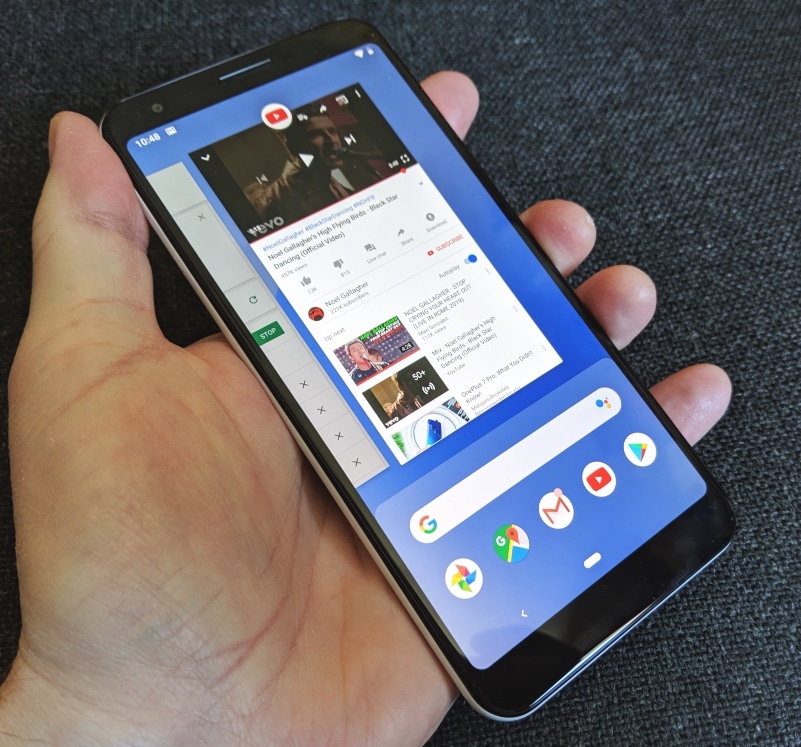![]()
With the Pixel 3 and Pixel 3 XL all set to go on sale in the United States from later in the week, the folks over at iFixit have gone ahead and posted a detailed teardown of the device. The teardown reveals plenty of interesting details about the Pixel 3 XL including the switch to a Samsung AMOLED panel.
Given the criticism that Google faced for the poor LG-sourced OLED panel of the Pixel 2 XL, the company has wisely decided to source the OLED panels for the Pixel 3 XL from Samsung. No wonder then that the display on the newest Pixel has been ranked as among the best smartphones display by Display Mate.
Sadly, iFixit notes that the Pixel 3 XL is actually harder to repair than the Pixel 2 XL from last year. For example, replacing a cracked display on the Pixel 3 XL will require a complete disassembly of the device. Google also continues to use foam adhesive inside the Pixel 3 XL which further hampers conducting any in-house repair jobs.
Strangely, Google has covered the daughterboard which houses the USB-C port with the speaker chamber. The latter in itself is sealed using a waterproof adhesive. This means that replacing the USB-C port on the Pixel 3 XL in case of a failure is going to be a tedious job that will require disassembling the entire device.
No wonder then that iFixit has given the Pixel 3 XL a repairability score of 4 out of 10. That’s a full two points less than the Pixel 2 XL. I guess all the design refinements that Google made with the Pixel 3 XL came at the cost of repairability.
[Via iFixit]















